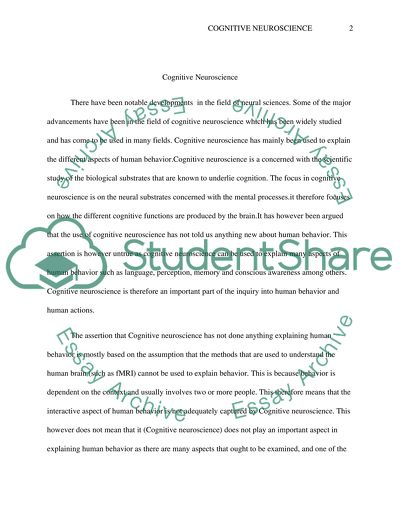Cite this document
(“Cognitive Neuroscience Essay Example | Topics and Well Written Essays - 1750 words”, n.d.)
Retrieved from https://studentshare.org/psychology/1435138-cognitive-neuroscience
Retrieved from https://studentshare.org/psychology/1435138-cognitive-neuroscience
(Cognitive Neuroscience Essay Example | Topics and Well Written Essays - 1750 Words)
https://studentshare.org/psychology/1435138-cognitive-neuroscience.
https://studentshare.org/psychology/1435138-cognitive-neuroscience.
“Cognitive Neuroscience Essay Example | Topics and Well Written Essays - 1750 Words”, n.d. https://studentshare.org/psychology/1435138-cognitive-neuroscience.


